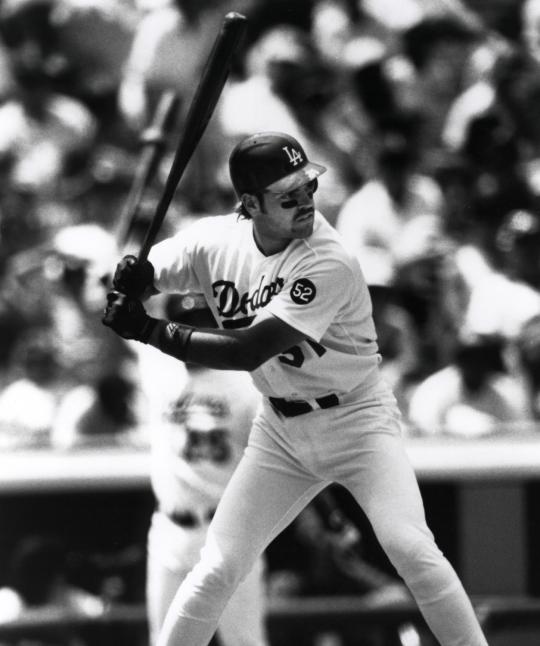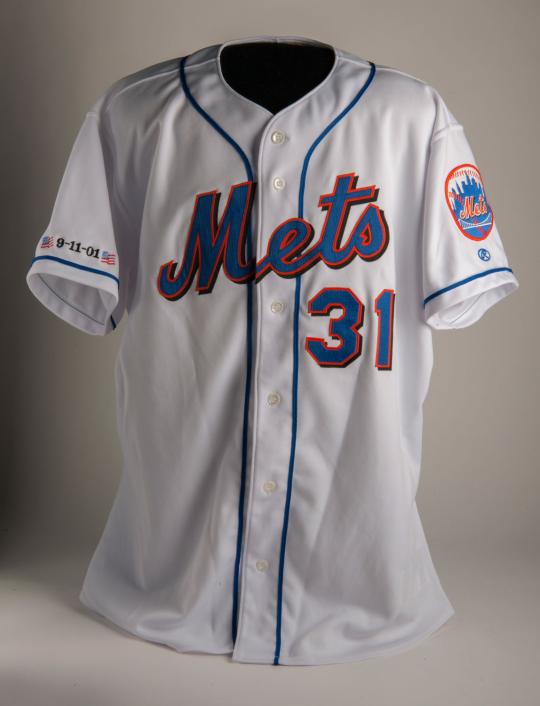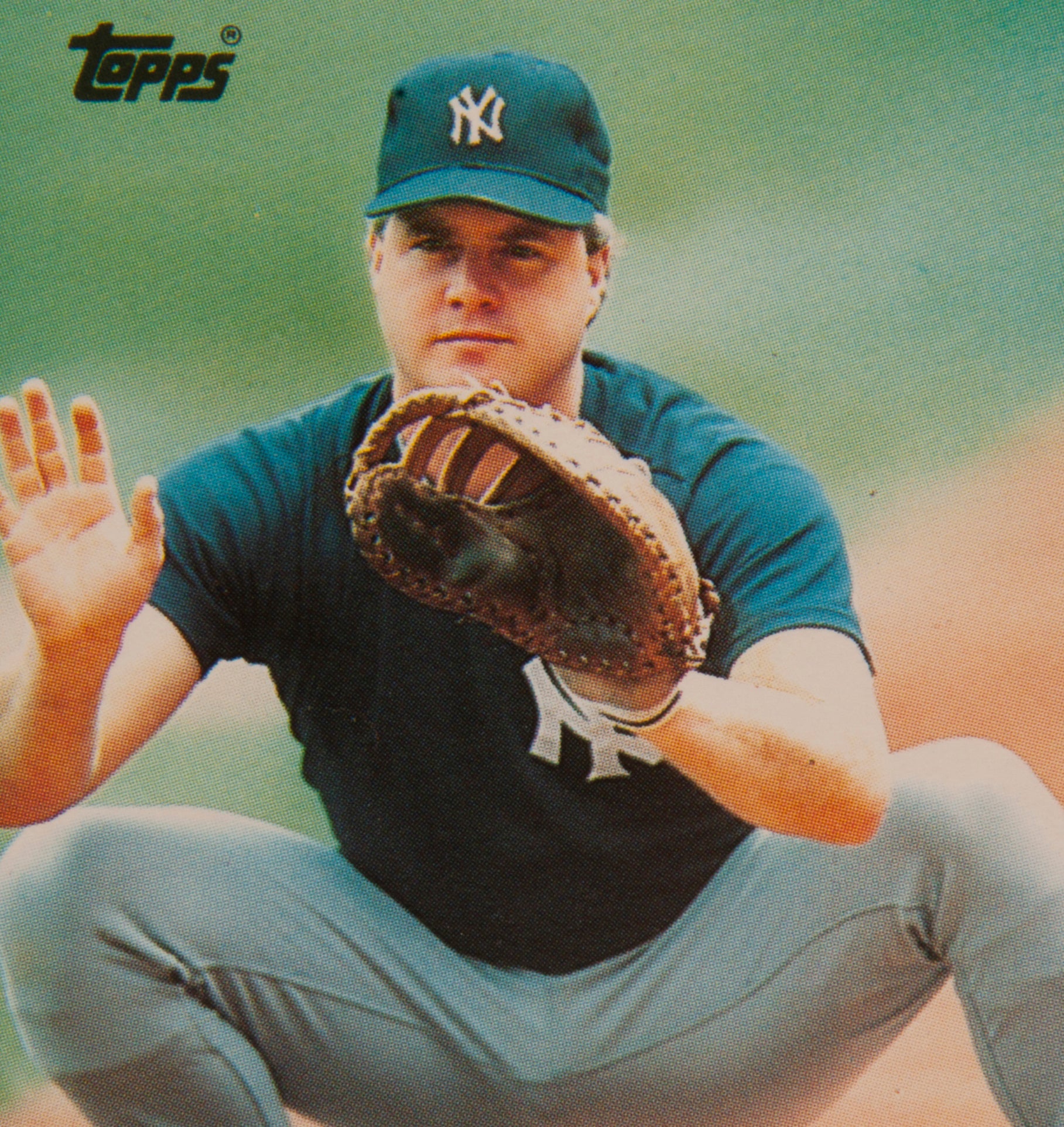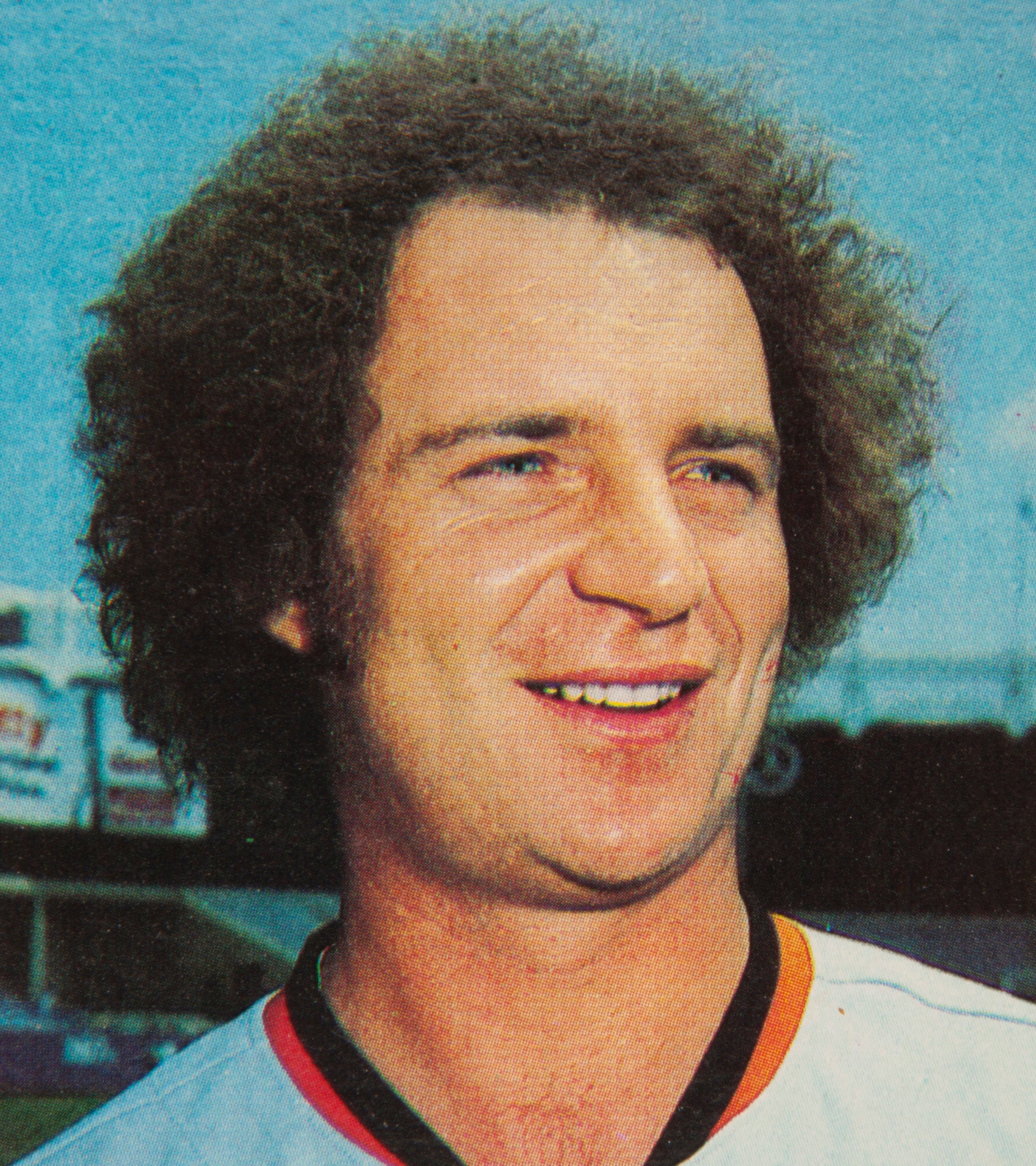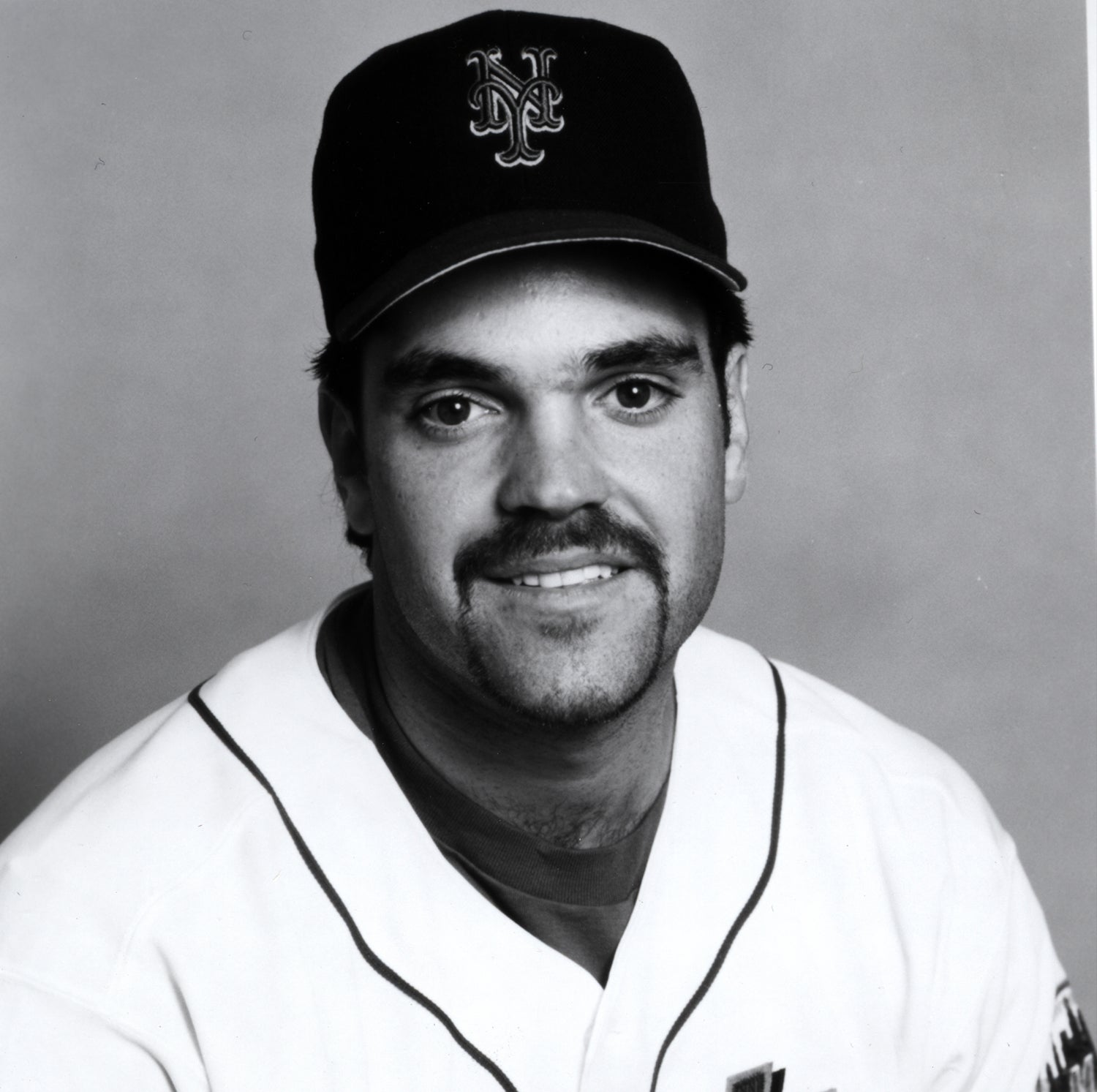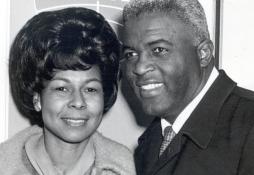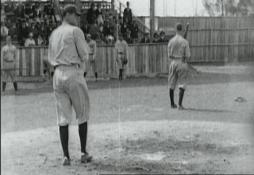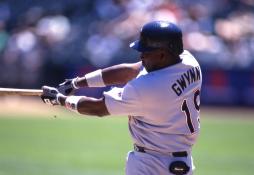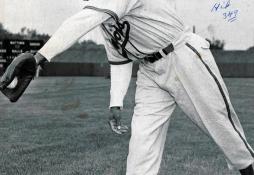- Home
- Our Stories
- #CardCorner: 2002 Leaf Mike Piazza
#CardCorner: 2002 Leaf Mike Piazza
Hall of Fame staffers are also baseball fans and love to share their stories. Here is a fan's perspective from Cooperstown.
As prodigious a hitter as Mike Piazza was for teams like the Los Angeles Dodgers and New York Mets, it’s hard to find much in his career with the Florida Marlins that could have contributed to his election to the Hall of Fame. Hey, there’s only so much that you can do in the span of five games. Five games, 18 at-bats, no home runs. One week of the season. That’s it. That’s how much time Piazza spent with the Marlins in May of 1998, after being traded from the Dodgers and before being re-routed to the Mets in two historic trades.
Why did Piazza spend such little time with the Marlins? In 1998, just one year after winning the World Series, the Marlins found themselves in full rebuilding mode. In acquiring Piazza that May, the Marlins were able to shed several big contracts, including those belonging to Bobby Bonilla, Gary Sheffield and Charles Johnson. They also felt that they would be able to turn around and trade Piazza quickly, this time picking up several young players. So after one week with the Marlins, general manager Dave Dombrowski sent Piazza packing, shipping him north to New York for three prospects: Outfielder Preston Wilson and pitchers Ed Yarnall and Geoff Goetz.
In retrospect, that doesn’t sound like much of a haul for a Hall of Fame catcher. And it isn’t. Goetz never made the major leagues. Yarnall never did play for the Marlins, though he was part of the package eventually sent to the New York Yankees for Mike Lowell, who became a valuable third baseman. Of the three players in the Piazza deal, only Wilson put together a significant career in the major leagues. He would become the Marlins’ center fielder, finish second in the Rookie of the Year voting in 1999, and hit 31 home runs in 2000 before moving on in another trade and putting up some gaudy offensive numbers for the Colorado Rockies.
In spite of Piazza’s all-too-brief career in Florida, at least one collector is making a dedicated practice of finding every known baseball card that shows Piazza wearing a Marlins uniform. The collector’s name is Jerry Dworkin, a passionate fan from Irvine, Calif. He has managed to find over 120 different cards, ranging in years from 1998 to 2005, which show Piazza wearing the teal, black, and white of the Marlins.
Dworkin admits that his collection if something out of the ordinary. “I can’t deny it is obscure,” Dworkin told The New York Times. “I’m not a baseball expert. I’m just a run-of-the-mill guy who got caught up in the oddity of the situation, someone as great as Mike Piazza being on a team for just five games.”
Hall of Fame Membership
There is no simpler, and more essential, way to demonstrate your support than to sign on as a Museum Member.
In 2015, Hall of Fame Library Director Jim Gates made the Museum’s curatorial staff aware of Dworkin. Not long after, Hall Curator of History and Research John Odell called up Dworkin and inquired about the possibility of loaning some of his cards for use in the Museum's new exhibit Whole New Ballgame. The curators creatively used baseball cards as one of the themes within the exhibit, which details the history of the game from 1970 to the current day. Dworkin generously agreed to loan 30 of his cards for at least one full year.
In total, Whole New Ballgame features 72 baseball cards, spanning the decades of the seventies, eighties, nineties, and the new millennium. Among the 72 are 24 cards from the Dworkin collection, which are featured in a single exhibit case. The exhibit opened in November, with Dworkin among those in attendance. A few months later, Piazza and his wife visited Cooperstown and viewed the cards in the case. The couple even took photographs of the Dworkin display. To put it mildly, Piazza was stunned that so many cards of him with the Marlins could have been produced given his ridiculously short tenure in Miami. Perhaps it’s a sign of just how widespread baseball cards have become within our popular culture.
Of all the Piazza/Marlins cards, perhaps the one that is most visually striking is this 2002 Leaf card. It was issued four years after Piazza played for the Marlins and is part of a larger subset of cards that offered a retrospective on his career. I like the card for two reasons. First off, it has a distinctive teal star in the upper left corner and a teal name plate at the bottom; I always liked the teal color that the Marlins used in their early years.
More to the point, the card shows Piazza doing what he did best, swinging the bat, while underscoring his tremendous upper body strength, including those broad shoulders. Piazza used his upper body more than most hitters, creating tremendous torque above the waistline and up into his chest and arms. He generated so much force that it sometimes looked like his upper body was about to lift and separate from his legs.
Piazza used that hitting style to great success, initially with the Dodgers over his first six and a half seasons. (It’s no wonder that Ted Williams, one day watching a teenaged Piazza take swings in the batting cage, predicted that he would hit well enough to make a career of it.) But it’s interesting to note that Piazza’s career almost ended before it started. So discouraged by his fortunes playing in the minor leagues, Piazza went home at one point, fully intending to retire. Former Dodgers standout Reggie Smith, by now a coach in the organization, visited Piazza and talked him out of retirement. Smith (the subject of an earlier Card Corner) and Dodgers manager Tommy Lasorda were perhaps the only two people in the organization who believed that Piazza was a prospect. If not for Smith, Piazza’s career would likely have stalled forever.
Encouraged by Smith, Piazza returned to the minor leagues, and eventually made his way to Los Angeles. He loved the Dodger experience, but contract talks stalled in 1998. With Piazza on the verge of free agency, Dodgers ownership bypassed GM Fred Claire and sent Piazza packing.
Piazza’s ability to hit with such force, both for average and power, remained evident after he joined the Mets in the middle of the ‘98 season, though his New York tenure did not begin well. In fact, for the first few weeks after joining the Mets, Piazza struggled so much that he heard boos at Shea Stadium. The whispers began that Piazza would not sign long-term with the Mets, but would instead high-tail his way out of town via free agency. Then came the barrage in July, August and September. In 109 games with the Mets that season, Piazza batted .348, hit 23 home runs, and slugged .607. With Piazza catapulting the offense to a new level, the Mets won 88 games and placed a strong second in the National League East.
With the Mets on the upswing and Piazza now feeling good about his brief time in New York, he agreed to a long-term contract in the fall. More than living up to the contract, he continued to hit at a Hall of Fame level over the next four seasons, his OPS not falling below .900, which is astounding for a catcher. In 2000, Piazza put up his best full season with the Mets. He batted .324, hit 38 home runs, and forged an OPS of 1.012, a simply incredible figure for a catcher. He then hit two home runs in the National League Championship Series, and two more in the World Series, doing everything he could to push the franchise to its first world title since 1986. The Mets fell short, but it wasn’t because of Piazza.
In some ways, the 2001 season became Piazza’s hallmark campaign. It was not his best season, nor did the Mets even qualify for the postseason. But it was the fall of the September 11th tragedies, which forced the suspension of the major league season for more than a week. During the layoff, many of the Mets, including Piazza, donated their time to relief efforts at the World Trade Center. When the games resumed, the Mets happened to be at home, setting the stage for Piazza to deliver an eighth-inning, game-winning home run against the Atlanta Braves.
Only in 2003 did Piazza start to show some decline, as injuries limited him to 68 games. Yet, he resumed being a fulltime player over the next two seasons, making two more All-Star teams before leaving the Mets as a free agent. Piazza signed with the San Diego Padres, where he hit well for one season before moving up the coast and finishing out his career with the Oakland A’s in 2007.
Few fans outside of San Diego or Oakland remember much about Piazza’s time with those teams. Given that he spent even less time in Florida - seven days out of a career that lasted 16 years - it might be difficult to find even a few Marlins fans who remember much about Piazza’s time there. But there is no doubt that he did play in South Florida. The proof is evident in those 120-plus Marlins baseball cards, 24 of which have found their way to Cooperstown.
Bruce Markusen is the manager of digital and outreach learning at the National Baseball Hall of Fame
More Card Corner

#CardCorner: 2015 Topps Mike Trout

#CardCorner: 2015 Topps Mike Trout
Mentioned Hall of Famers
Related Stories
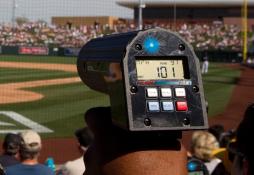
Caught in the Draft
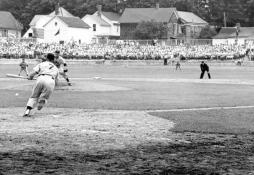
1954 Hall of Fame Game
Classic Comeback
Baseball Writers’ Association of America Election Results Revealed Wednesday, Jan. 18

#CardCorner: 1982 Topps Luis Tiant
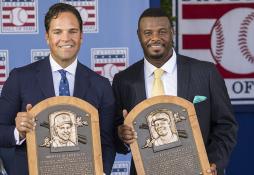
Class of 2016 Welcomed to Cooperstown by Huge Induction Ceremony Crowd

King John Schuerholz
BL-175.2003, Folder 2, Corr01a
Summer Programming Begins Monday, June 20 at the Hall of Fame
2017 Ford C. Frick Award Ballot Finalized
01.01.2023
Treasures from 2014 World Series Headed Home to Cooperstown
01.01.2023
2015 HALL OF FAME BALLOT OUT TODAY
01.01.2023


